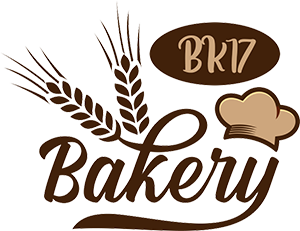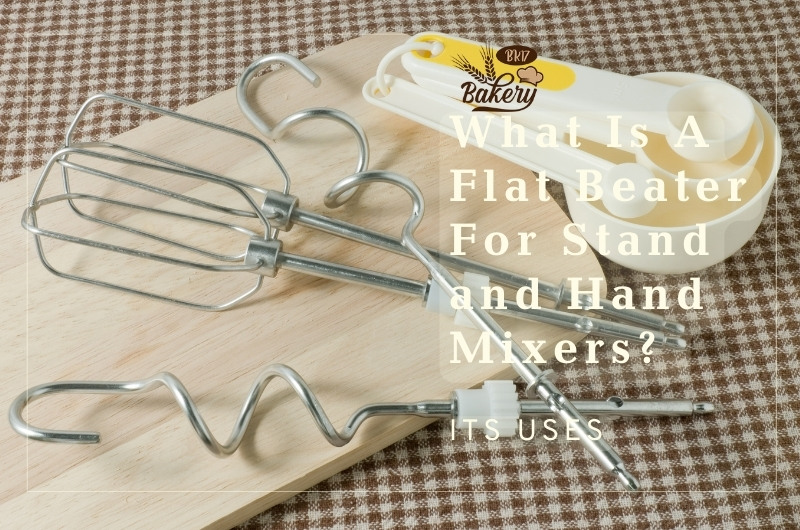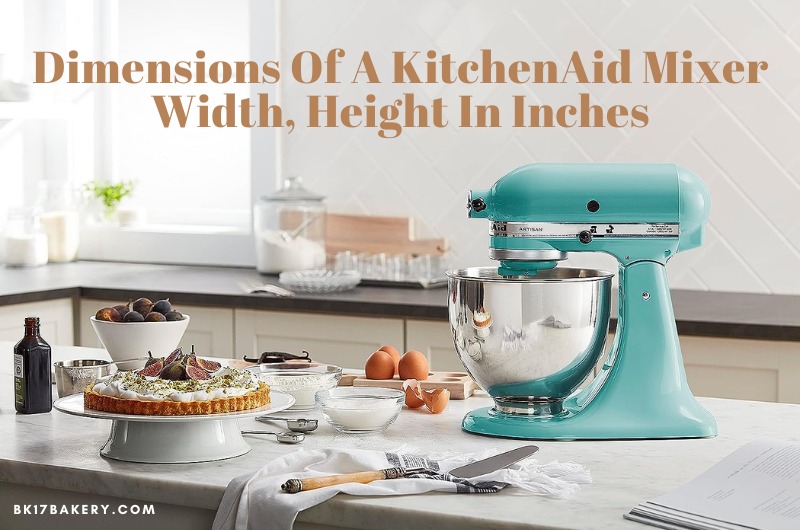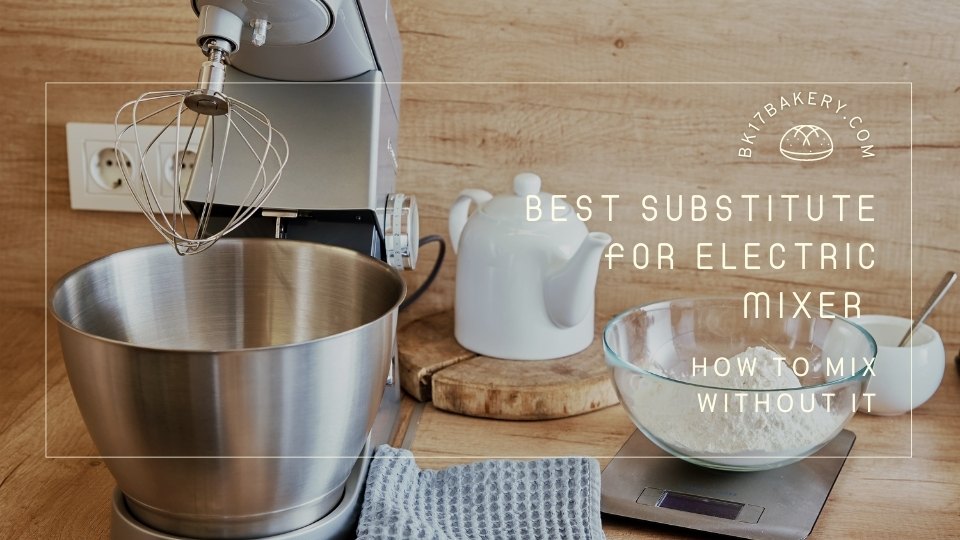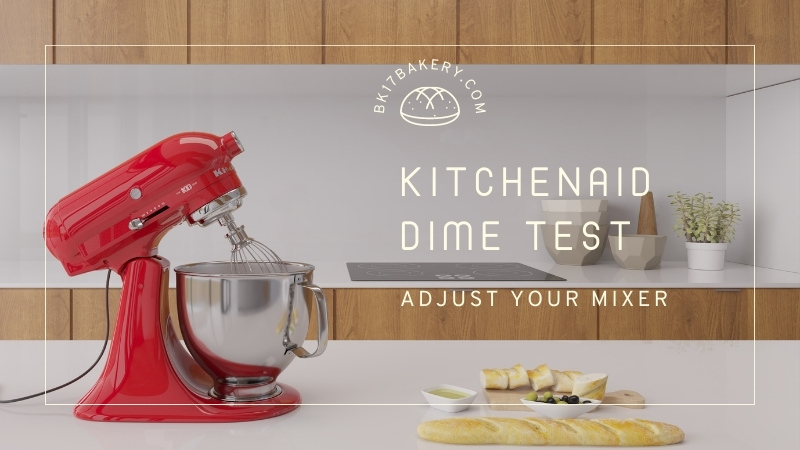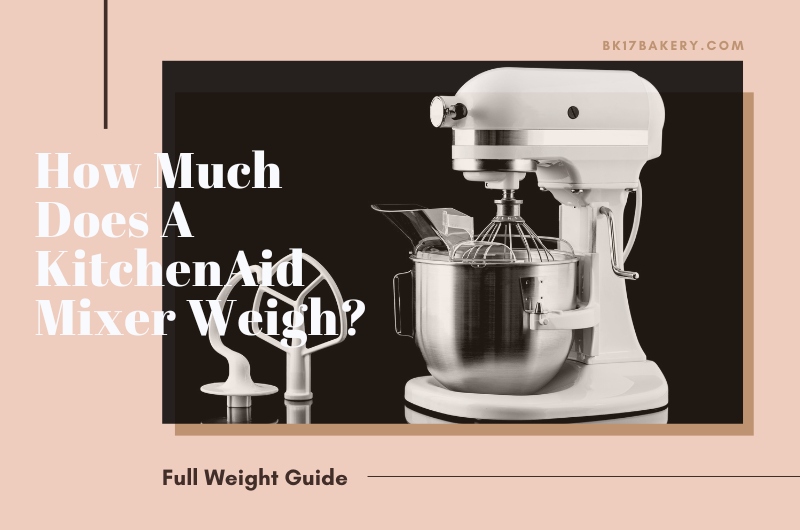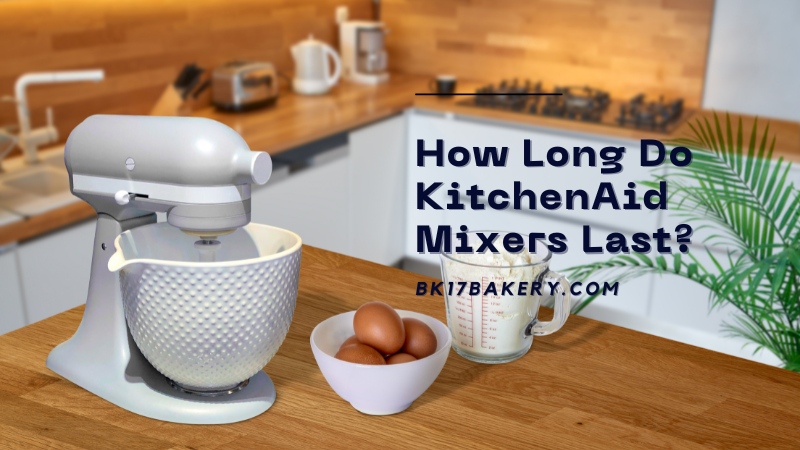A mixer is a great aid in the kitchen, but its functionality even exceeds expectations with the addition of a paddle attachment. Have you ever heard of it? At first glance, it is one of three basic mixer attachments to simplify your cooking.
Check out my sharing for a beginner’s guide to flat beater attachment. Do not miss this opportunity to take your cooking to the next level.
In This Article
What Is A Paddle Attachment For A Mixer?
The paddle attachment on the mixer (flat beater) is a beater with a triangle-shaped tip reminiscent of a spade with spokes inside. It is used to mix ingredients like dough, mashed potatoes, and other batters.
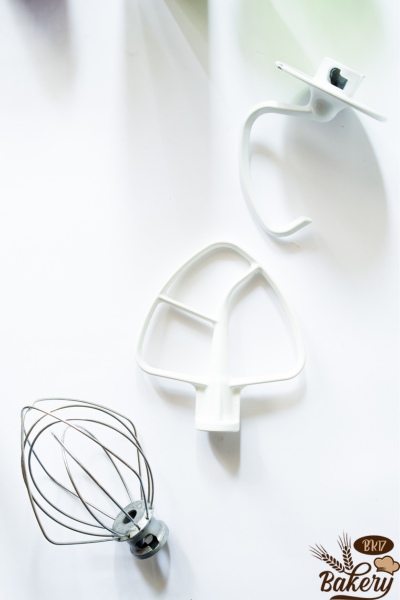
You can find two material options: stainless steel or plastic but clearly, the former dominates the market due to its outstanding durability. Each mixer has a different paddle attachment that fits onto the shaft for safe rotation.
This tool comes in handy if your recipe involves mixing, creaming, or beating steps. In detail, a flat beater paddle is used to combine elements by dragging and pushing them around in the bowl. As a result, the ingredients blend without being filled with air.
I have just realized I use a stainless flat beater for 90% of my baking. It is my savior for working with dense mixtures like mashed potatoes, pancake batter, or butter frosting. These compounds require high-intensity kneading that the whisk fails to handle.
I also often take advantage of it for cookie dough, pie crusts, biscuits, etc. I do not want to add too much water in these batches, thus looking for a powerful accessory. My friends also recommend flat beaters for meatloaf or granola recipes, though I have never tried these applications.
Common Stand Mixer Attachments And Their Uses
Besides the coated flat beater, most stand mixers come with two additional attachments: dough hooks and whips. Various stand mixer attachments can be confusing for beginners. However, it is worth learning as you never want your preparation to end up in the trash. Worse yet, misuse affects the lifespan of your mixer.
On the bright side, you have a simple solution: learn the difference between attachments to know what is what and when to use each one.
Dough Hook
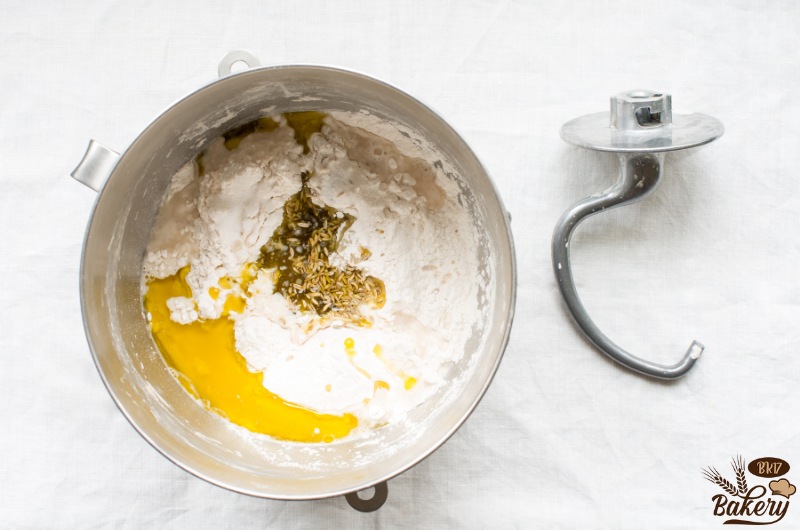
As the name implies, this part boasts a spiral shape that reminds you of the hook clip. Its name also points out directly to its use – kneading dough. It mimics the push, pull, and stretch actions of manual processes.
Obviously, it is a useful support if you work with dense foods. From pizza dough, pasta, or dumplings, this attachment always leaves you with satisfaction.
It makes the process much easier and more efficient, allowing you to prepare large batches of dough quickly and with less effort. High-density and stable kneading ensure the development of gluten in the dough and result in an elastic texture.
Wire Whip
This attachment consists of a handle and several thin wires looped together at the end. From its unique shape, it is easy to guess its main use – to mix ingredients and, at the same time, introduce air to the mixture.
Continuous aeration is a secret for a light and fluffy cake, so you will often find wire whip in the essential tools list for baked goods and whipped cream.
I do not think it is ideal for thick mixes like homemade white bread or sandwiches. The material crept between the whips and then gathered in the center. The interior then becomes a cage that renders your whipping useless.
Even professional chefs may have trouble getting rid of these stocks. Of course, you never achieve the desired structure, and the cleaning task becomes your nightmare.
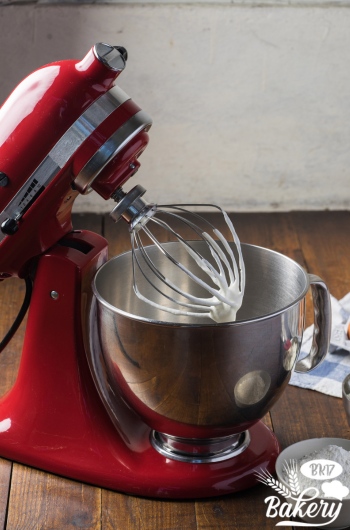
Paddle Attachment For Mixer Substitutes
Hand Mixer
It is a good option for basic mixing tasks if you already own a hand mixer. This tool typically comes with two beaters, making ideal paddle attachment replacements. Some models even offer additional attachments, such as wire whisks and dough hooks, to provide more versatility.
A hand mixer’s biggest advantages are its portability and compact size. However, some bakers consider this feature a drawback in heavy-duty mixing tasks, such as kneading large batches of dough or whipping cream. Additionally, since you hold a hand mixer in your hand, it can be tiring to use for extended periods.
Wire Whip
As previously mentioned, a wire whip can substitute for a steel flat beater when you only need to perform basic mixing tasks. This attachment is useful for blending soft ingredients or pastes, such as meringue, angel food cake, whipped cream, etc. You can expect a smooth texture or a soft foam for drinks.
Be aware that it delivers air bubbles into your dough, which is desirable for certain recipes but not all. It cannot stand against heavy mixtures as they can strain the mixer’s handle and cause it to break. Before using this attachment, allowing your ingredients to sit at room temperature is best to ensure proper function.
Blending Rod
The blending rod is an accessory of a hand mixer consisting of a long handle with a blade at the end. Its primary use is to blend and puree fresh fruits or cooked vegetables, but you can take advantage of it to prepare wet ingredients for stews or soups. I find it handy for crushing berries for my dessert toppings or mixing molten chocolate.
Though it does not fulfill the main function of the mixer, it turns out to be a savior when you are short on time. It is important to note that the blending rod is not designed for heavy-duty mixing tasks or processing solid or hard ingredients. Attempting to use it for such tasks could cause damage to the blade or the motor.
Spoons
This solution is mainly for people with strong arms or a wealth of experience making desserts. Take any silicone or wooden spoon in your kitchen and start the exercise. Be forewarned that the whole process is bound to take a lot of time and effort.
I tried this method once with egg whites, a very light ingredient, but my arms began to tire after only 2 minutes. Despite my efforts to continue, I eventually gave up even when the mixture did not reach the desired consistency. Hence, it is important to consider the physical demands and determine whether it is a suitable option based on your capabilities and needs.
See more: Substitute For Electric Mixer: How To Mix Without It
What Is The KitchenAid Mixer Paddle Attachment?
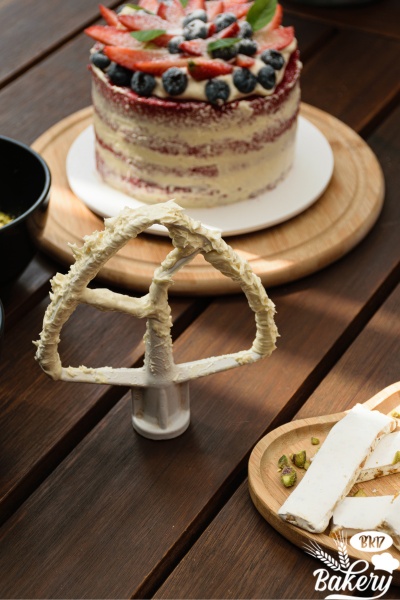
The KitchenAid flat beater boasts a unique design – a bent edge for enhanced functionality. This edge removes all the ingredients that stick to the sides of the bowl to preserve the exact proportions of your recipe.
This attachment is one of the most compelling reasons I fall for KitchenAid stand mixer over any other brand. It is unfair to describe how wonderful it is without experiencing it firsthand. Believe me, the stainless-steel beater guarantees unparalleled convenience and efficiency with any type of mixture.
Extra Mixer Attachments For KitchenAid Mixer
KitchenAid provides customers with various attachments to cater to their passion for cooking. I can only invest in a few that suit my needs, but luckily, all are worth it.
- Vegetable strainer
Investing in this attachment is worth considering. It comes in a range of sizes to accommodate different types of ingredients. Surprisingly, I find it quite versatile – I’ve even used it for grinding meats with great success. One important tip is to chop your ingredients into smaller pieces before putting them into the feeder to reduce pressure and speed up the process.
In addition to its fruit-straining capabilities, the manufacturer also includes a sausage stuffer and food grinder, making it a great all-in-one option. Plus, it is compatible with all available models – a cost-effective investment for home chefs.
- Pasta maker
This attachment is a blessing for pasta lovers or those looking for a space-saving solution. All you have is a pasta sheet roller, a fettuccine cutter, and a spaghetti cutter.
As for the first component, the manufacturer installed eight different thickness settings for your culinary creativity. It is indeed impressive that this attachment goes well with all mixer models.
- Ice cream maker
The KitchenAid ice cream maker is a fantastic option for anyone who loves indulging in cool, sweet treats like sorbet or gelato. With this attachment, you only need to prepare your favorite ingredients, freeze the bowl, and let the machine work its magic. In as little as 20-30 minutes, you have 2 quarts of delicious ice cream to treat your stomach.
You only pay a small amount to satisfy your sweet cravings on a daily basis. However, the compatible models exclude the 7-, 8-, and some of 6-quart KitchenAid stand mixers.
FAQs
What Is A Paddle Attachment For A Hand Mixer?
Hand mixers typically consist of a flat, paddle-shaped head made of metal or plastic. It is similar to a beater, but it is expanded in width.
What Does A Paddle Attachment Look Like On An Electric Mixer?
The paddle attachment for an electric mixer is wide and flat. The larger surface area of the beater allows it to blend ingredients more thoroughly and evenly, especially when working with heavy cake batter.
What Stand Mixer Attachment For Cake Batter?
The best stand mixer attachment for cake batter is the flat paddle beater. However, other components, such as the whisk or dough hook, may also be necessary, depending on your cooking requirement.
Conclusion
This article has provided everything you need to know about flat beater attachments. As you can see, it is flexible to work with different materials. However, you should still distinguish it from other popular components and stick to their mixer attachment uses. Investing in a quality tool makes baking easier and more efficient while always producing delicious and consistent results.
